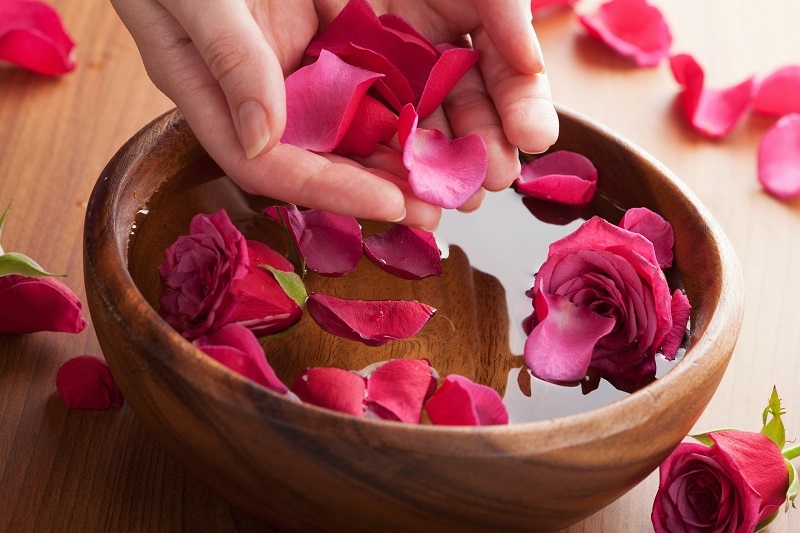Understanding Poinsettias
Poinsettias, or Euphorbia pulcherrima, are a popular holiday plant known for their vibrant red, white, or pink leaves. Native to Mexico, these plants have become synonymous with festive decorations around Christmas. However, once the holidays are over, many people struggle to keep their poinsettias looking fresh and vibrant. Understanding the basics of poinsettia care can help extend their lifespan well beyond the holiday season.

Ideal Conditions for Poinsettias
To keep poinsettias healthy, it is crucial to meet their specific light, temperature, and watering needs.
Light Requirements
Poinsettias thrive in bright, indirect sunlight. Place them near a window where they can receive plenty of light, but avoid direct sunlight as it can scorch their delicate leaves.
Temperature and Humidity Needs
Poinsettias prefer temperatures between 65 to 70 degrees Fahrenheit during the day and a little cooler at night, around 60 degrees. Avoid exposing them to drafts, whether from windows, doors, or heating vents. Maintain moderate humidity levels to keep the plant comfortable.
Watering and Fertilizing Poinsettias
Watering Tips
Overwatering is a common mistake that can shorten the life of a poinsettia. Water the plant only when the top layer of soil feels dry to the touch. Ensure that the pot has adequate drainage to prevent water from accumulating at the bottom.
Fertilizing for Health
Feed your poinsettia with a balanced, all-purpose fertilizer every two weeks during the growing season (spring and summer). Avoid fertilizing in the fall and winter when the plant is not actively growing.
Pruning and Repotting
Pruning for Longevity
Once the holiday season is over, prune your poinsettia to about 8 inches above the soil level. This encourages new growth and keeps the plant compact and bushy.
Repotting
Repot your poinsettia whenever you notice the roots starting to outgrow the current container. Choose a slightly larger pot with good drainage holes and use fresh potting soil to provide essential nutrients.
Addressing Common Problems
Yellowing leaves, wilting, and leaf drop are common issues that poinsettia owners may face. Often, these are symptoms of improper watering, insufficient light, or temperature fluctuations. Address these issues promptly to restore the plant's health.
Seasonal Care and Reblooming
If you want your poinsettia to rebloom, it requires specific care. After the initial blooming period, gradually reduce watering and move the plant to a cooler spot. In the fall, provide long periods of darkness by placing it in a completely dark space for at least 14 hours each night, starting in October. This simulates the short daylight hours of winter and encourages blooming.
Pros and Cons of Keeping Poinsettias Year-Round
Pros:
- Long-lasting beauty: With proper care, poinsettias can remain vibrant year-round.
- Decorative value: Adds a festive touch to your home.
- Easy to propagate: Can be propagated from cuttings to grow new plants.
Cons:
- High maintenance: Requires specific care regimens.
- Susceptible to pests: Can attract pests like whiteflies and spider mites.
- Relatively short-lived blooms: May require effort to rebloom.

Tips for Extending Poinsettia Lifespan
- Keep the plant in a stable environment with consistent light and temperature.
- Water sparingly but thoroughly, ensuring proper drainage.
- Feed with balanced fertilizer during the growing season.
- Prune to encourage new growth and prevent legginess.
- Repot when necessary to provide space for root growth.
Conclusion and Takeaways
Extending the lifespan of your poinsettia involves a combination of proper light, temperature, watering, and occasional pruning. Addressing common problems promptly and providing specific seasonal care can keep your poinsettia vibrant throughout the year. While it requires some effort, the rewards of maintaining a healthy, beautiful poinsettia are well worth it. With these care tips, you can enjoy the festive beauty of this iconic plant long after the holiday season has ended.

